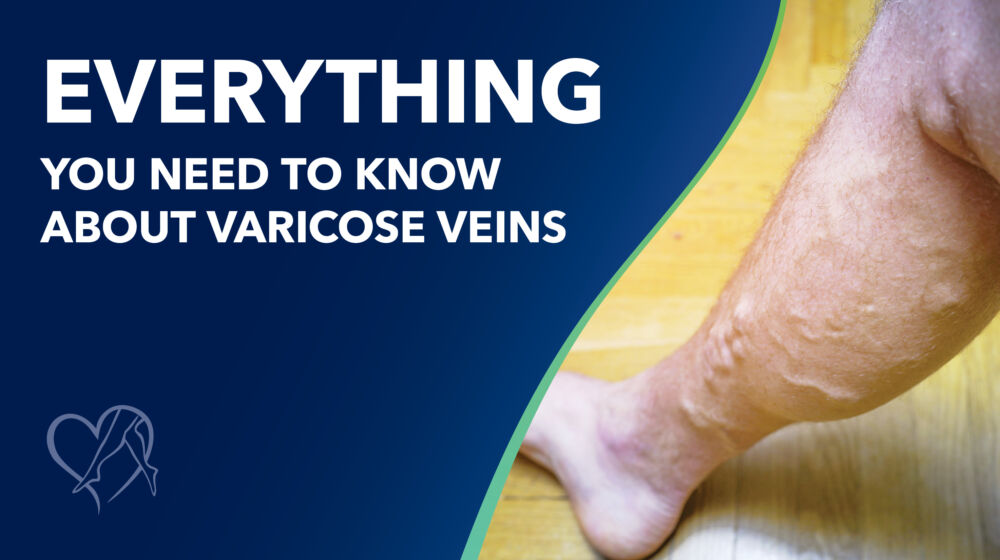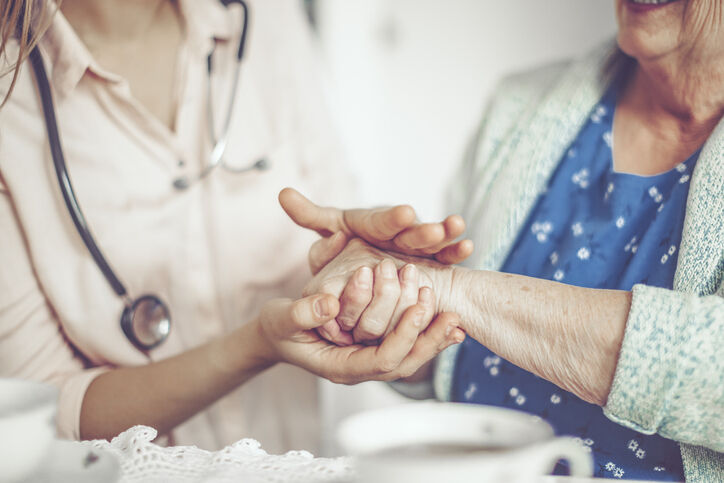Sluggish blood circulation leads to several vein problems, including venous ulcers on your ankle or lower leg.
Cuts and bruises on the legs from a fall or sporting injury are common. It’s usually nothing to worry about because, within a few days, your body heals the wound. However, if you notice a sore isn’t healing quickly, you may be experiencing a symptom of poor circulation in your leg veins.
Other signs of poor circulation in the veins, also known as venous insufficiency, include painful swelling, heaviness, itching, and cramping in the legs. Blood clots can also develop. But one serious complication of venous insufficiency is a venous ulcer. Fortunately, with proper treatment, venous ulcers can be cured. To seek treatment as soon as possible, learn to recognize the signs of a venous ulcer.
How is a venous ulcer related to my veins?
Healthy veins are vital for proper circulation. Veins transport blood back to the heart with the help of tiny valves. When those valves weaken, they allow blood to backflow and pool inside the veins, which can cause your legs to swell and feel painful. Another possible consequence of this venous reflux is a visible varicose vein.
Other consequences of blood pooling include increased blood pressure in the vein, which leads to the skin and tissue breaking open into an ulcer. Because the swelling blocks blood from delivering nutrients to the skin, the sore cannot heal properly.
A venous ulcer has distinctive characteristics. Usually shallow with irregular borders, the wound has a red base covered by yellow tissue. The skin around it may be shiny, tight, and warm to the touch. If the ulcer becomes infected, it may ooze pus and emit a foul odor.
How to treat venous ulcers
Fortunately, a board-certified vein specialist can correct venous ulcers. Your doctor will remove the dead tissue surrounding the ulcer and teach you how and when to change the dressings at home. Keep the bandages and the wound dry to prevent it from spreading into the healthy surrounding skin. Moisturizing the skin around the ulcer can also help keep it contained. Always use a lotion that doesn’t include a fragrance or other irritants.
Conservative methods can also help treat the ulcer. Wearing compression stockings or bandages promote blood flow in the veins to prevent excessive swelling. Exercising, including walking for 30 minutes daily, can strengthen the calf muscles that help pump blood through the veins. You can also raise your legs above your heart every day for as little as 15 minutes to drain pooled blood in the legs to reduce swelling.
If the ulcer becomes infected, your doctor may prescribe antibiotics. Severe cases may require skin grafts to close the wound. Once the ulcer heals, you can prevent another one from developing by managing your weight, eating healthy, exercising, and quitting smoking.
However, the best way to cure venous ulcers is to treat the underlying cause, which is poor circulation in the leg veins. If your legs feel painful and swollen, see a vein specialist for a diagnosis and treatment options.
Get vein treatment today
Center for Vein Restoration (CVR) operates a full-service vein care center in Framingham, Massachusetts. Led by Pamela Kim, MD, RPVI, a board-certified vascular surgeon with additional certification in General Surgery and Vascular Interpretation, our office offers a full range of treatment options for varicose veins and other vascular disorders, including venous ulcers. Dr. Kim will tailor a treatment plan based on your condition and preferences.
Don't live near our Framingham CVR vein clinic location? No problem! With over 100 vein clinic locations in 22 states and the District of Columbia, there's sure to be a CVR vein center near you.
Contact Dr. Kim to learn more about your treatment options, or schedule your consultation appointment online today!
463 Worcester Road, Suite 205
Framingham, MA 01701
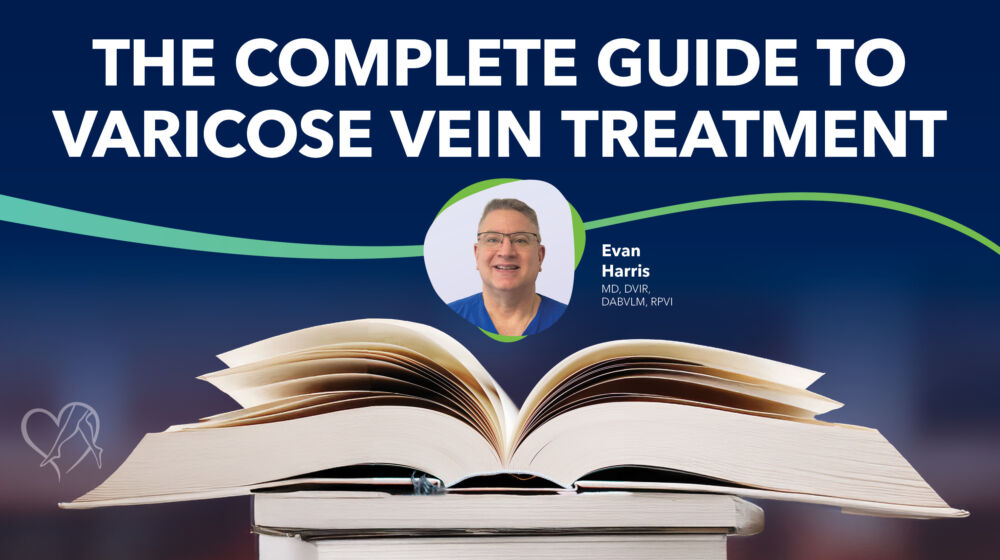
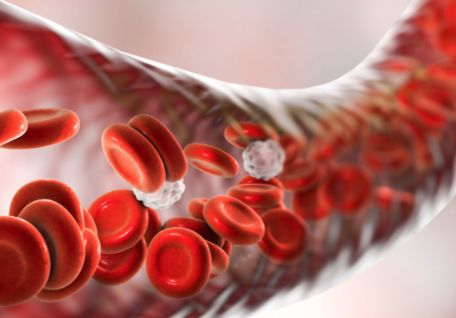 About Vein Disease
About Vein Disease
 Spider Veins
Spider Veins
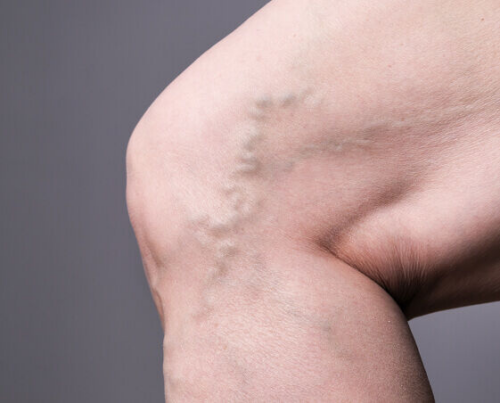 Varicose Veins
Varicose Veins
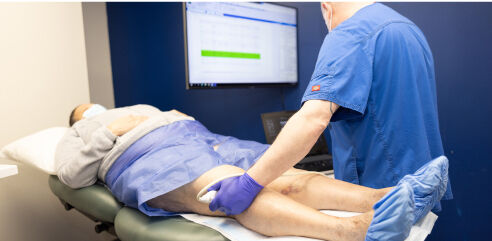 Vein Disease Treatments
Vein Disease Treatments
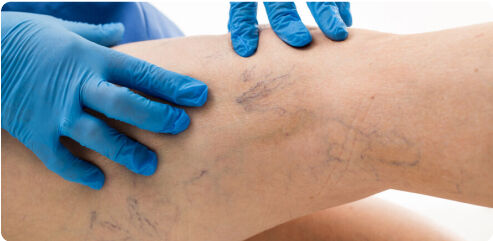 Treating Spider Veins
Treating Spider Veins
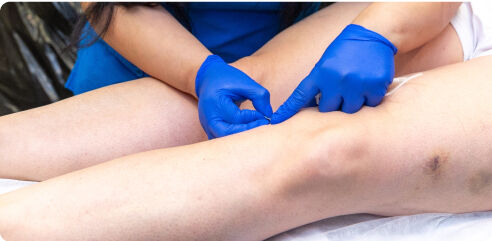 Treating Varicose Veins
Treating Varicose Veins
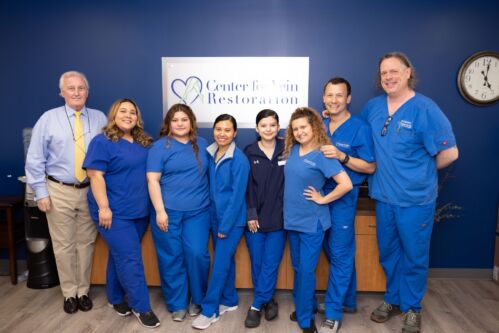 About Us
About Us
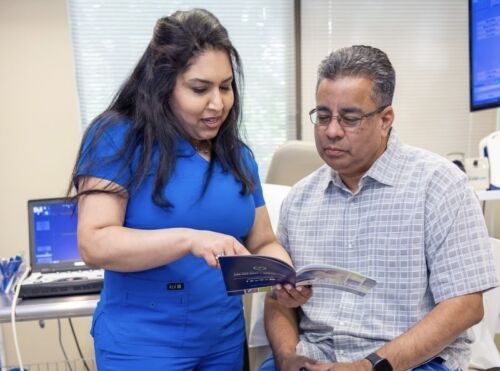 Patient Resources
Patient Resources
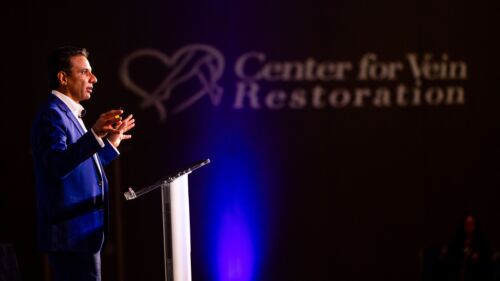 Physician Resources
Physician Resources

